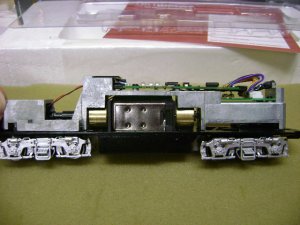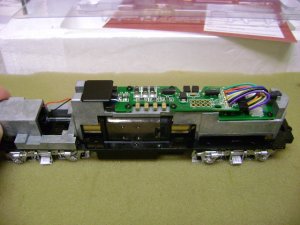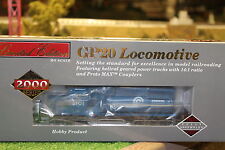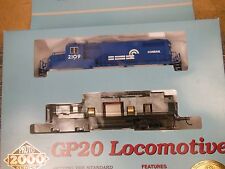Current Diesel roster is 2 BLI SW1500's and 1 BLI SD7. I don't want any more 6 axle diesels.
Recommendations?
You will not find a smoother running locomotive than the Atlas RS-1 Master Gold. As for passenger service, the short hood was designed to take a steam generator, but I don't know if Atlas has included that feature on any of its models.
As for prototypical practice, given the locomotives your railroad already has on the roster, it would more than likely have purchased another EMC or EMD locomotive. BL2,GP7, FT, F3, F7, or for the light passenger service angle an FP7. There are several brands of fine locomotives of these types out there. Athearn Genesis, Atlas, and InterMountian have all made FP7s. Likewise Walther's Proto, Atlas, and Athearn Genesis have have made the GPs. I believe Proto, Genesis, and Bowser have all made the F7s. I believe I own at least one of each of these type/brands and I don't think you will be dissatisfied with the quality of any of them (The exception would be the Genesis which occasionally seem to shed the fine detail parts during shipping and sometimes need to be reattached - but that was never a big deal to me). So it could come down to price and which sound system you prefer. and ...
As for the sound I have found that "great sounding" can mean almost anything to anyone. To some just being loud is "good". Things I think sound like junky toys others praise as "great base", and vice versa. soooo.... Your ears are the only good judge of that. Perhaps instead of the actual sound it makes one could consider the sound features like does it have a short and long horn control, is there a Doppler effect, independent prime mover sound from throttle, etc.





